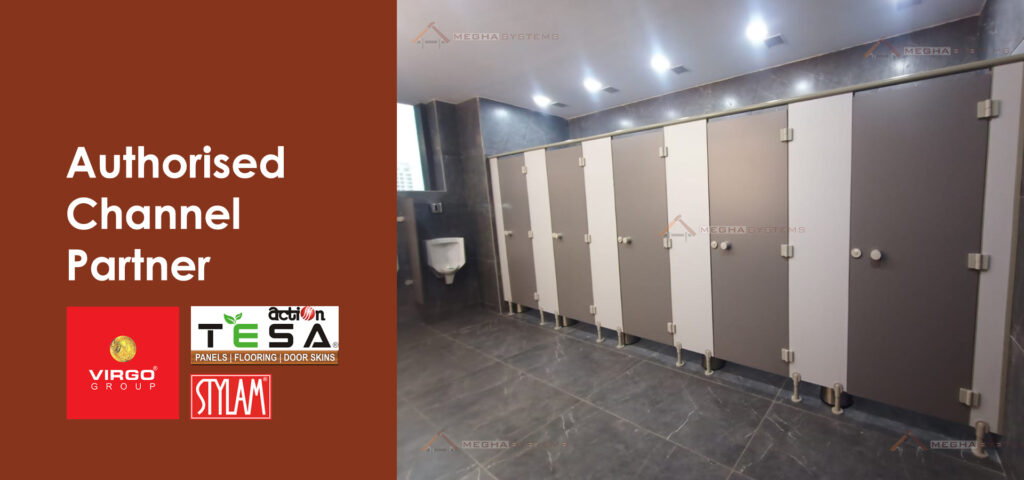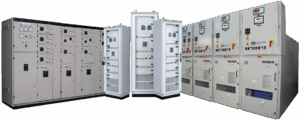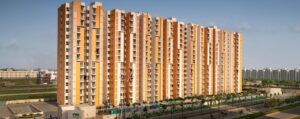Bathroom partitions play a crucial role in enhancing the functionality, privacy, and aesthetic appeal of modern restrooms. Whether in public spaces like malls and offices or private establishments such as gyms and educational institutions, these partitions are designed to meet the diverse needs of users. Offering a perfect balance of durability, design, and practicality, Toilet Cubicles are an indispensable element of contemporary architecture.
This article explores the significance of bathroom partitions, their material options, key benefits, and considerations for selecting the ideal partition system.
The Importance of Bathroom Partitions
In shared bathroom spaces, privacy is a top priority. Bathroom partitions provide this essential privacy while ensuring cleanliness and efficient space utilization. These partitions divide the restroom area into separate compartments, creating a secure and comfortable environment for users.
Beyond privacy, modern bathroom partitions contribute to the overall aesthetics of a restroom. Well-designed partitions can transform a mundane space into one that reflects sophistication and attention to detail, aligning with a building’s architectural theme.
Types of Materials for Bathroom Partitions
The choice of material for bathroom partitions greatly impacts their durability, appearance, and maintenance requirements. Here are the most commonly used materials:
1. High-Pressure Laminate (HPL)
HPL partitions are known for their aesthetic flexibility and resistance to moisture, scratches, and graffiti. These are ideal for high-traffic restrooms where design and resilience are equally important.
2. Compact Laminate
Compact laminate partitions are extremely robust and moisture-resistant, making them perfect for environments with high humidity, such as gyms, swimming pools, and spas.
3. Stainless Steel
For a sleek, modern look, stainless steel partitions are an excellent choice. They are resistant to corrosion and vandalism, making them a durable option for upscale commercial spaces.
4. Powder-Coated Metal
Cost-effective and available in various colors, powder-coated metal partitions are popular in schools, office buildings, and other moderately demanding environments.
5. Glass
For a premium and contemporary aesthetic, frosted or tempered glass partitions are gaining popularity. They provide an elegant touch to luxury bathrooms while ensuring durability.
Key Benefits of Bathroom Partitions
1. Enhanced Privacy
Bathroom partitions create individual spaces, ensuring privacy and comfort for users, particularly in busy or public environments.
2. Durability and Longevity
With modern materials, partitions are designed to withstand daily wear and tear. Scratch-resistant and moisture-proof materials ensure that the partitions maintain their appearance and functionality over time.
3. Customizable Design Options
From bold colors to sleek metallic finishes, bathroom partitions can be customized to suit the aesthetics of any space. The variety in designs allows architects and designers to match the partitions to the overall theme of the building.
4. Ease of Maintenance
Most bathroom partitions are easy to clean and maintain. Their surfaces resist stains, moisture, and bacteria, ensuring hygiene in public restrooms.
5. Space Optimization
Partitions help maximize the use of available space, allowing for efficient restroom layouts even in compact areas.
Factors to Consider When Choosing Bathroom Partitions
Selecting the right bathroom partitions requires careful consideration of several factors:
1. Durability and Usage Requirements
Consider the level of foot traffic and the environment in which the partitions will be installed. For example, high-humidity areas require materials like compact laminate or stainless steel.
2. Aesthetic Appeal
The design of the partitions should complement the overall look of the restroom and the building. Neutral tones or sleek finishes are ideal for professional settings, while bold colors work well in schools or recreational spaces.
3. Budget
While premium materials like stainless steel or glass offer durability and luxury, cost-effective options like powder-coated metal can provide excellent functionality without breaking the budget.
4. Ease of Installation
Prefabricated or modular partition systems simplify the installation process, reducing downtime and labor costs.
5. Hygiene Standards
Ensure that the material chosen is resistant to bacteria, mold, and mildew to maintain cleanliness and health standards.
The Future of Bathroom Partitions: Sustainability and Innovation
Sustainability is becoming a key focus in modern architecture, and bathroom partitions are no exception. Manufacturers are increasingly using eco-friendly materials and processes to minimize environmental impact. Recycled laminates, energy-efficient production methods, and recyclable components are now common features of sustainable partition systems.
Technological advancements are also shaping the future of bathroom partitions. Smart partitions with built-in occupancy indicators, antimicrobial coatings, and customizable digital designs are revolutionizing restroom experiences.
Conclusion
Bathroom partitions are more than just functional elements in restrooms—they are integral to creating a clean, private, and aesthetically pleasing environment. By choosing the right material, design, and features, businesses and organizations can significantly enhance the user experience in their restrooms.
Whether it’s a high-traffic public space or an exclusive facility, investing in quality bathroom partitions ensures durability, hygiene, and long-term satisfaction. With sustainability and innovation driving the future, bathroom partitions are set to play an even more significant role in shaping modern restroom architecture.





